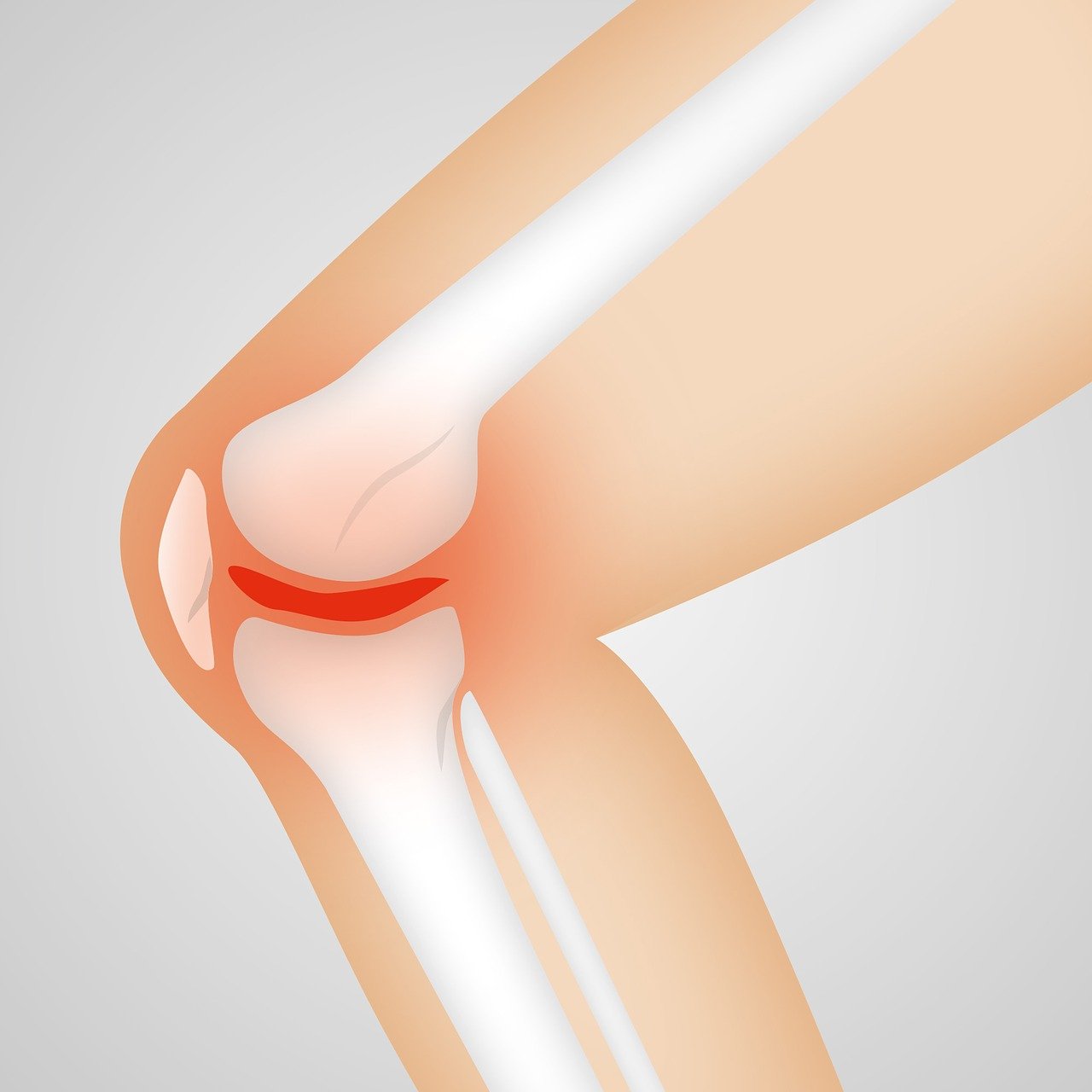How to Lose Weight with Knee Pain: Strategies for Safe and Effective Weight Loss
Losing weight when dealing with knee pain requires careful planning and consideration to avoid exacerbating discomfort while achieving your weight loss goals. Excess weight can put additional stress on the knees, potentially worsening pain and inflammation. Here’s a comprehensive guide on how to effectively manage weight loss while addressing knee pain:
1. Consult with a Healthcare Professional
- Assessment of Knee Condition: Before starting any weight loss program, consult with a healthcare provider, such as a physician or physical therapist, to evaluate the severity of your knee pain and identify any underlying conditions that may impact exercise choices.
- Individualized Plan: Seek guidance on appropriate exercises and weight loss strategies tailored to your specific knee condition, ensuring safety and effectiveness.
2. Focus on Nutrition for Weight Loss
- Calorie Deficit: Weight loss primarily relies on creating a calorie deficit, where you consume fewer calories than you burn. Focus on a balanced diet rich in fruits, vegetables, lean proteins, and whole grains while limiting processed foods, sugary beverages, and excessive fats.
- Portion Control: Monitor portion sizes to manage calorie intake effectively. Use smaller plates, measure servings, and avoid second helpings to support weight loss without overloading joints.
3. Low-Impact Exercise Options
- Swimming and Water Aerobics: Water exercises provide buoyancy, reducing impact on the knees while offering effective cardiovascular workouts. Swimming and water aerobics strengthen muscles without stressing joints, making them ideal for individuals with knee pain.
- Cycling or Stationary Biking: Cycling in a controlled environment or using a stationary bike offers low-impact aerobic exercise that improves cardiovascular health and burns calories without straining knee joints.
- Elliptical Trainer: Using an elliptical machine allows for a smooth, circular motion that mimics walking or running without the impact associated with these activities. Adjust resistance levels to challenge muscles while minimizing stress on knees.
4. Strength Training for Muscle Support
- Focus on Muscular Balance: Strengthening muscles around the knees, such as quadriceps, hamstrings, and calf muscles, can provide better joint support and stability. Perform exercises like leg extensions, leg curls, calf raises, and bridges with resistance bands or light weights.
- Bodyweight Exercises: Incorporate bodyweight exercises such as squats, lunges, and wall sits to build lower body strength gradually. Start with modified versions and progress as knee pain allows, ensuring proper form to avoid exacerbating discomfort.
5. Utilize Supportive Measures
- Braces or Supports: Depending on your condition, wearing knee braces or supports during exercise can provide stability and reduce pain. Consult with a healthcare provider to determine the appropriate type of support for your needs.
- Use of Assistive Devices: If necessary, use walking aids such as canes or walkers to alleviate pressure on knees during daily activities, particularly when mobility is compromised by pain or inflammation.
6. Manage Pain and Inflammation
- RICE Therapy: Rest, Ice, Compression, and Elevation can help manage acute knee pain and reduce inflammation after exercise sessions or activities.
- Pain Relief Techniques: Apply heat packs or use topical creams containing menthol or capsaicin to alleviate discomfort. Non-prescription pain relievers may be used under medical supervision.
7. Monitor Progress and Adjust Accordingly
- Gradual Progression: Start with low-impact exercises and gradually increase intensity and duration as your strength and endurance improve. Listen to your body and adjust activities based on pain levels and joint response.
- Tracking Weight Loss: Monitor weight loss progress through regular weigh-ins and measurements. Celebrate milestones and stay motivated by recognizing achievements, whether through improved mobility, reduced pain, or clothing fit.
8. Lifestyle Modifications for Long-Term Success
- Healthy Habits: Adopt sustainable lifestyle changes such as practicing stress management techniques, getting adequate sleep, and staying hydrated to support overall well-being and weight loss efforts.
- Professional Guidance: Work closely with healthcare providers, including physical therapists or registered dietitians, to ensure a balanced approach to weight loss that addresses both knee pain management and overall health goals.
Conclusion
Losing weight with knee pain requires a cautious yet proactive approach that prioritizes joint health while promoting effective weight loss. By focusing on low-impact exercises, maintaining a nutritious diet, and seeking professional guidance, you can achieve your weight loss goals safely and improve your overall quality of life. Remember that consistency, patience, and personalized care are essential for managing knee pain and achieving sustainable weight loss success.
